Complete African Safari Packing List [Checklist and Guide]
What do you need to pack for your upcoming safari? In this guide, you’ll get the complete African safari packing list – including 4 factors to consider when packing, how to pack minimalist, and just what to include with specific recommendations. We also include things that you shouldn’t bring on your safari.
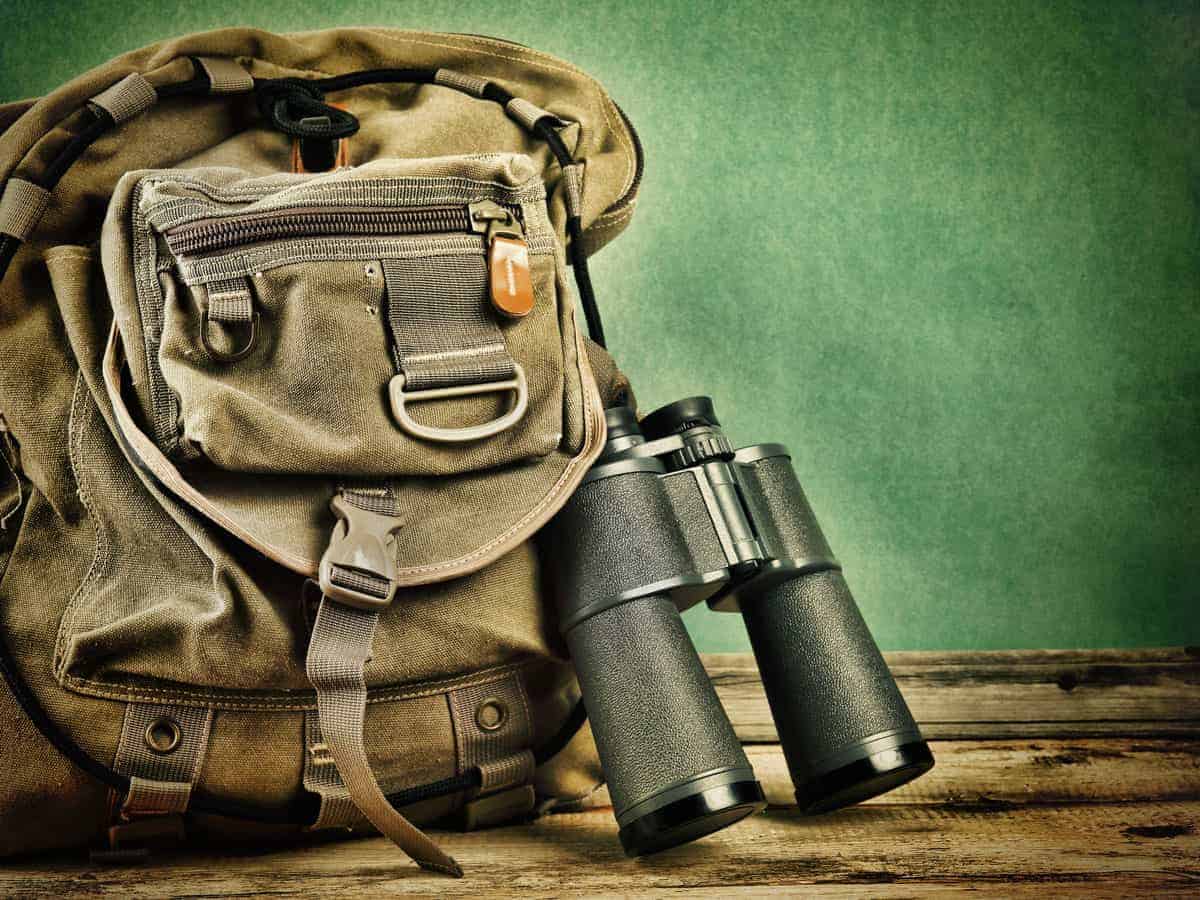
Ultimate African Safari Packing List: Checklist and Guide
An African safari is the trip of a lifetime. To help you prepare – and enjoy it to the fullest – we put together the ultimate safari packing list.
You will learn what factors are important to consider when packing. Not only that, but we give you a comprehensive list of necessities. This will help first-time safari-goers figure out what is essential and what is a luxury. Without further ado, let’s dive in!
This post is divided into four primary sections:
- Minimalist Packing for Africa: Video
- 4 Factors: Packing for Your African Safari
- What to Include on Your Safari Packing List
- Pack for a Purpose
Minimalist Packing for African Safari
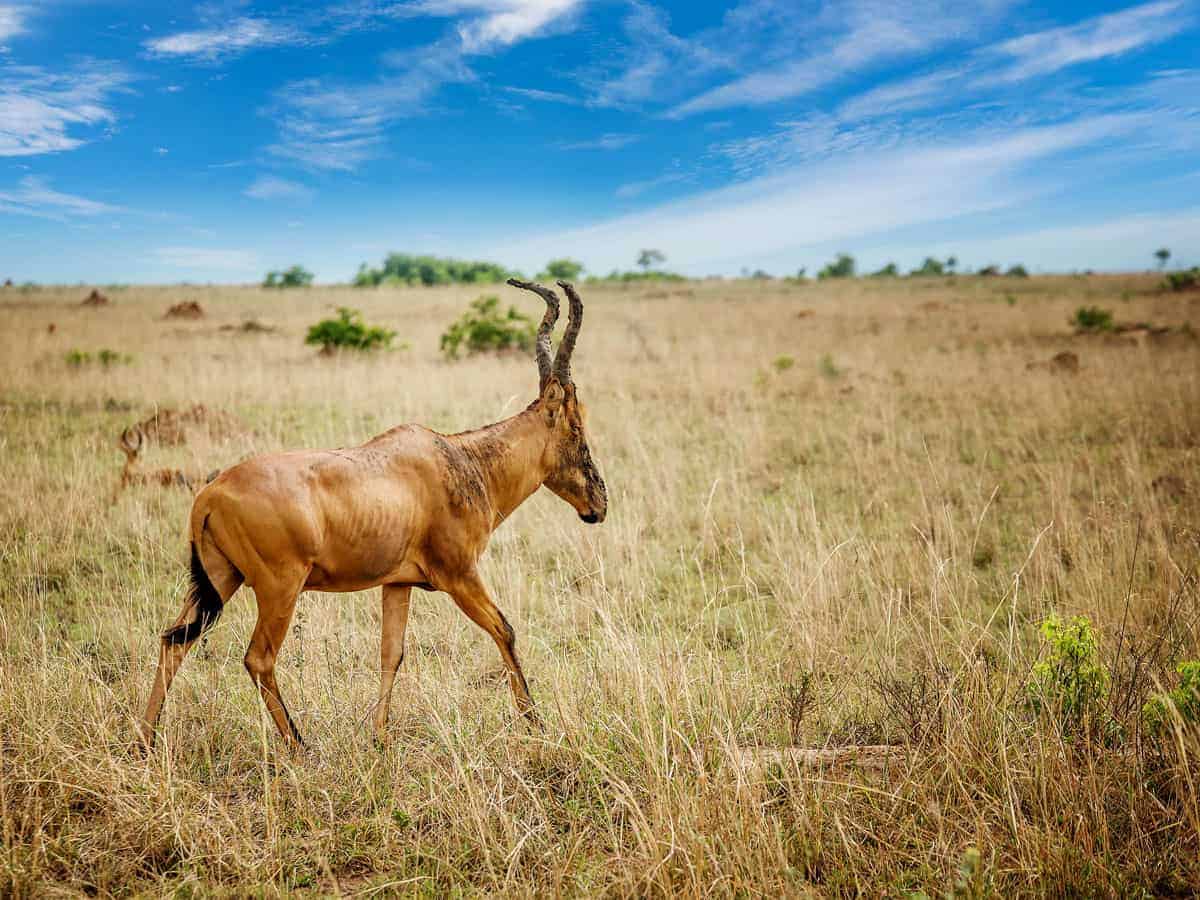
More reading: Travelers Guide to the Best Anti-theft Gear
4 Factors: Packing for your African Safari
It can be difficult making a safari packing list. There are so many considerations – some that you may not realize until you are in Africa.
It isn’t always that easy to pick up a piece of missing gear – sometimes it’s just not available and other times the schedule won’t allow for running errands.
The following are things to keep in mind when making your ultimate safari packing list.
1. Weight
Packing light is important when making your safari packing list. Always give preference to a light, soft duffle bag when compared to a hardshell suitcase. Wheeling a suitcase is not advised, and you will find it much better to use your soft-sided bag. A bag without a frame (and without wheels) fits better into vans, trucks, and small airplanes.
Primary Bag: We recommend the super-popular Bago Travel Duffle Bag. It has an 85-liter capacity and comes in 14 colors (great for each member of your party).
For your day trips, a backpack is perfect and it will be much easier to carry around.
Daypack: For your daypack, we recommend the Mountaintop 40 liter backpack. Water-resistant coating and padded laptop compartment keeps important things safe. And it has an additional rain cover – perfect for your gorilla trek.
If you are going to be based out of an urban area, see if your hotel or travel agent would be willing to keep your stuff safe. Only do this if you have complete trust in the business. Many world travelers have at least one story about theft and trusting the wrong people.
Are you taking a bush plane? If so, you will face even tighter luggage weight restrictions. These small, local flights take you between different parks and camps. Bush planes are usually more convenient and faster than moving by ground. However, the size and weight limit on the plane mean there isn’t much room for luggage.
Find out how much you can have ahead of time, and tweak your safari packing list accordingly. In southern Africa, the weight limit can be as low as 41 pounds. In East Africa, it gets as light as 33 pounds. This includes carry-ons, so you will have to be selective.
Another and really important, reason to go light on your safari packing list are souvenirs. Africa is booming with shops and even malls. On the savannah, tribes, and villages will be selling unique, one-of-a-kind art. Don’t forget gifts for back home!
2. Activities
Are you going on a walking trek or an open jeep safari? Either way, temperatures change throughout the day dramatically. You may start out with a chilly pre-dawn drive, and then find yourself sweating on the afternoon walk. That’s why layers are essential, even in the height of summer!
Will you be doing other activities while you are on vacation? If so, you will need to amend your safari packing list. If trekking for gorillas, you’ll want some rain gear.
If you’ll be climbing Mount Kilimanjaro (Tanzania) later on your trip, you will need to bring cold weather clothes to combat the frozen temperatures at the top. Going on a safari for elephants and antelope will require sun protection gear.
3. Safari Camp, Lodge, Hotel, or Hostel
Not all of these choices will be available in every location you travel to. However, chances are you will stay at a safari camp or lodge at least one night. If you can, find out ahead of time if your destinations have laundry service. This will help you decide how much you should pack.
Are you keen on doing your laundry at the camp or lodge? If so, there are some convenient on the go laundry bags you can pack. For those on a budget, pack a length of lightweight rope and detergent. Fortunately, most legitimate camps offer laundry services where you don’t have to lift a finger.
4. Planning
Planning is an unfortunate necessity of having a fun, enjoyable vacation. One of the biggest mistakes you can make is waiting until the last minute to make your safari packing list. The weight adds up fast, and the last thing you want to do is find better gear at the last minute.
Even if you do forget something, chances are you will be able to find it in the city where the safari departs. Besides, many guides want to make sure you have everything you need.
So, you may even be forced to purchase something that will add extra weight. Fortunately, this can be avoided by planning ahead.
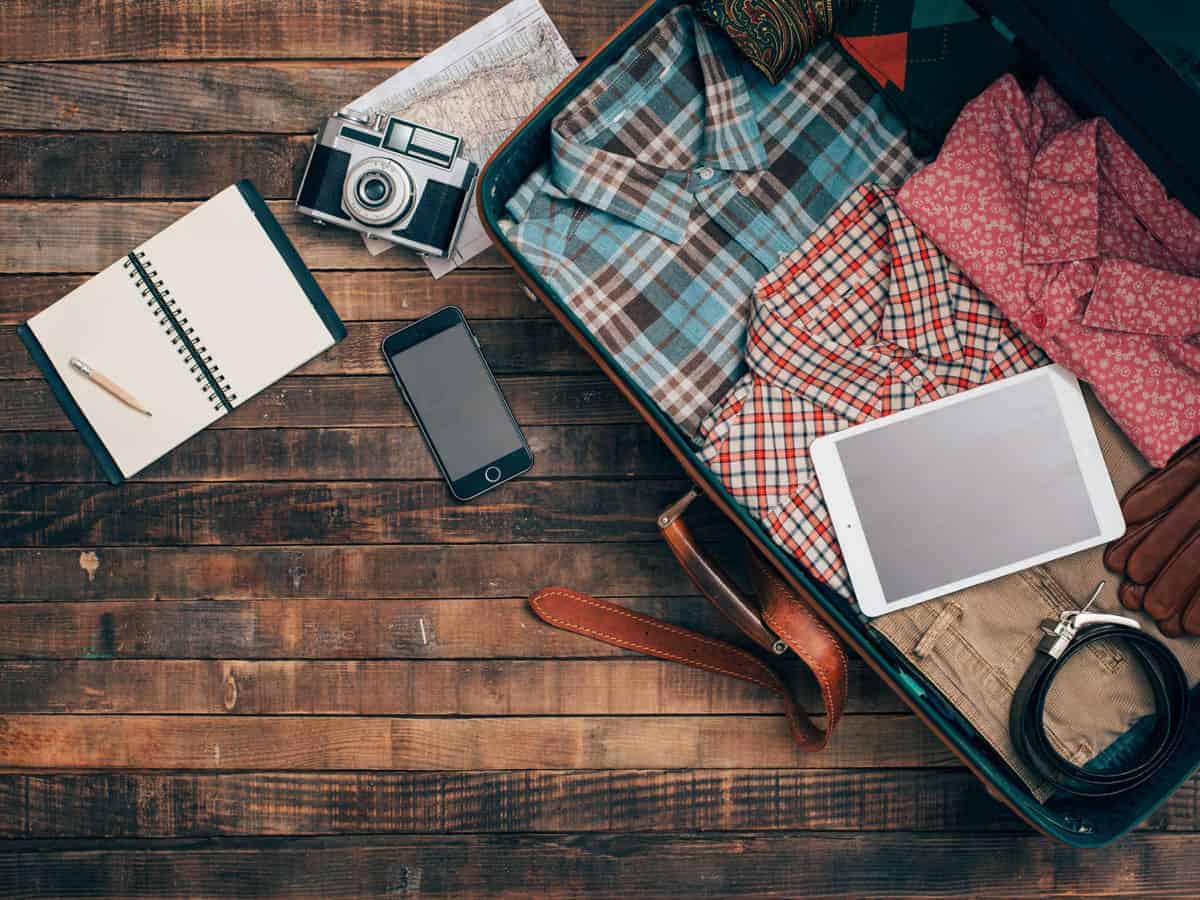
More reading: How to Choose the Best Portable Water Filter
What to Include on Your Safari Packing List
In this section, we’ll consider the following 9 categories.
They include safari clothing, footwear, sun protection, insect repellent, technology, health, personal toiletries, and other items.
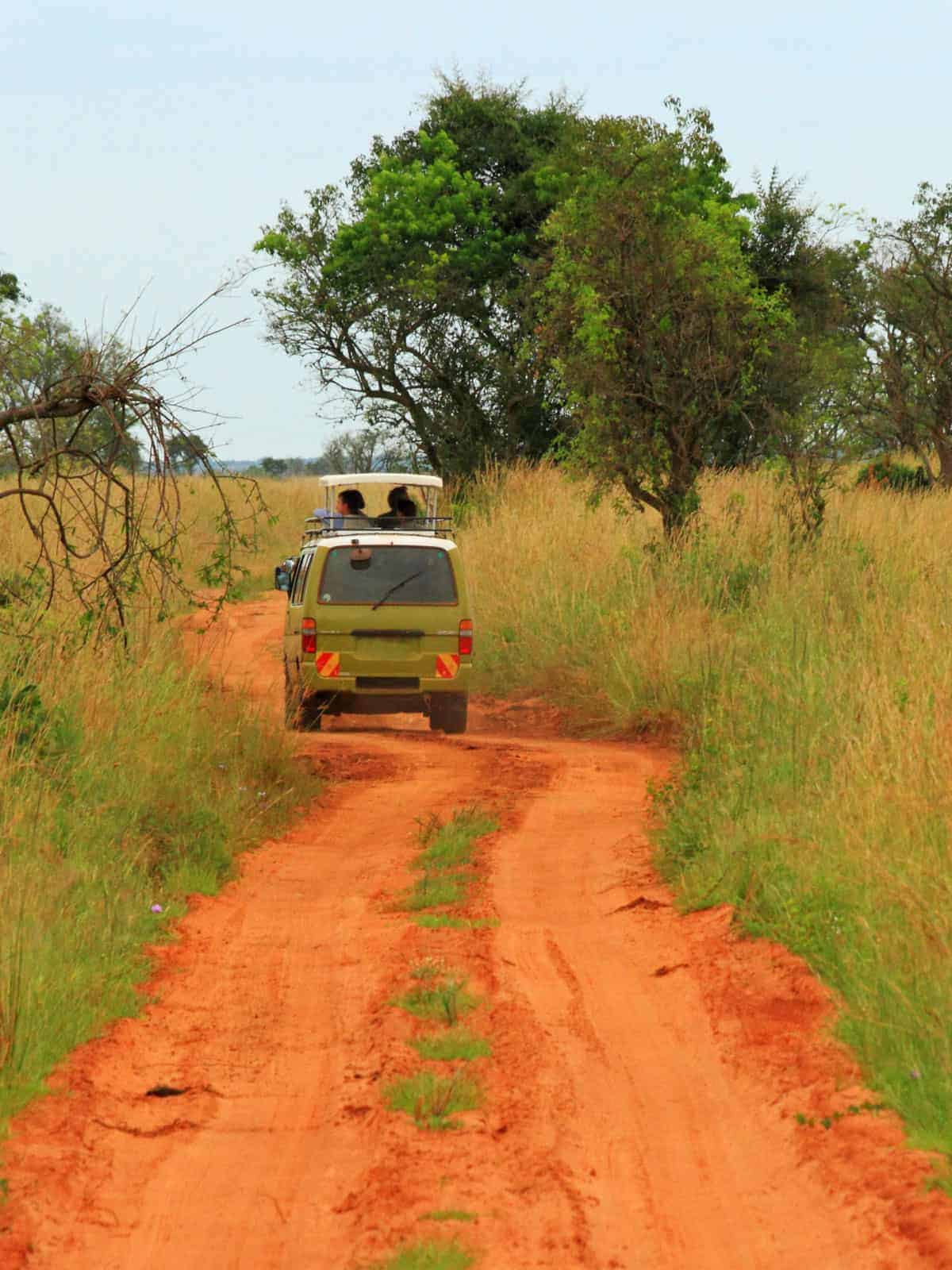
More reading: Is Uganda Safe? Guide to Water, Crime, Disease, Sun
Clothing for a Safari
A safari is a casual event, so there is no need to overdress. Unless you plan on hitting up the nightlife in Kampala, leave your fancy clothes off your safari packing list! Everyone keeps it casual even at the most upscale lodges.
Light, loose clothing is recommended for safari wear. You will stay comfortable in the sun and dry out quickly in the occasional rainstorm.
However, don’t forget about the early morning cool down. You will want some pants and a long sleeve top to keep you snug. Although nights around camp include a fire, you may still need some extra layers. The important thing is, to be honest with yourself.
You will definitely want to cover up when the mosquitoes are at their worst during dusk and dawn. Technically, the lighter the suitcase the better, but you also need to balance weight with comfort. Don’t forget, many lodges have blankets to pass out in the cold evening.
The color of your clothing is another extremely important factor of your safari packing list.
Neutral shades are a must. You want anything that will camouflage you: shades of green, brown, olive, khaki, and beige are all acceptable and even encouraged!
3 Types of Clothing to Avoid Like the Plague:
- Don’t bring bright-colored clothing. These are only good for scaring the animals and angering your fellow companions. Remember, this is the trip of a lifetime. Even if this is your 100th safari, be respectful of others.
- Do not bring American T-shirts. These are the tees with logos and writing. You will stick out like a sore thumb. Additionally, leave the short shorts at home – you will want the extra protection in the wild.
- Don’t bring clothes that are dark blue or black. The two colors attract tsetse flies like no other, and these biting insects will make you miserable during a long safari day. These insects can bite right through your clothing, even jeans – which they are undeniably attracted to. Not even the most potent insect repellant will keep them away. Tsetse flies are also dangerous, as they can transmit African sleeping sickness (African trypanosomiasis).
Clothing Packing List:
- Swimsuit (1): most lodges and camps have a pool
- Lightweight fleece or jacket (1): For late nights and early mornings
- Scarf (1): good to protect your face from blowing debris. Something like this moisture-wicking scarf by Kingree – multifunctional headwear, functions as a headband, scarf, dust mask, balaclava, and hairband. It comes in 35 different color patterns – great for men and women.
- Sports bra (2); for the ladies
- Money belt (1): This is always a great idea when traveling – especially internationally. This money belt by Alpha Keeper is one of the most popular travel belts and it comes in 7 colors and includes RFID blocking sleeves.
- PJ’s: You’ll want to be comfortable so you can get a good night’s sleep.
- Zip-off pants (2): Convertible pants save space and are super convenient. Start the cool morning with full pants and as the day warms up, remove the zip-off legs. These Columbia convertible pants (mens and womens) offer UPF 50 sun protection and convert to shorts with 10″ inseam.
- Long sleeve shirts (2): With sleeves that can be rolled up. Similar to the convertible pants, a long sleeve shirt with button tabs (for rolling up sleeves) are great for cooler mornings hot days. These Columbia Bahama shirts (mens and womens) have UPF 30 and are made with quick-dry fabric.
- Short-sleeved shirt (4): These are great for layering. Choose a breathable fabric to keep cool and dry. These Vapor Apparel (mens and womens) are UPF 50+ sun protection.
- Socks (4): Similar to the shirts above, you’ll want some moisture-wicking fabric to keep your feet dry and cool. These performance Bering socks (mens and womens) feature breathable mesh, moisture-wicking, and reinforced heel and toe.
- Underwear (4): Here are some suggestions for underwear for outdoor activities.
- Sandals: Flip flops or close-toed sports sandals – to wear around camp at night
Pro Tip: On the plane, wear one pair of safari attire. This will save room in your luggage, and you can wash it later.
Footwear
The best footwear to bring depends on what kind of safari you are taking.
Walking Safari / Trekking: If you are going to be mostly participating in walking safaris, you will want to prioritize comfort and stability. Hiking boots would be perfect for this type of situation.
Driving Safari: On the other hand, Jeep safaris calls for closed-toed sports sandals and hiking shoes. A pair of sandals may not be such a bad idea for walking around the bush camp. However, they are not necessary if there isn’t enough room or weight left.
If you’re going on a gorilla trek you’ll likely encounter wet conditions. Here are the best shoes for hiking in water.
Sun Protection
A safari means you will be spending a significant amount of time outside. This requires good protection from a more intense sun than most of us are used to. No matter walking or riding in a vehicle, this is a must!
- Sunglasses: The sun on your safari has the potential to be brutal! The best way to protect yourself is to buy a quality pair of polarizing sunglasses. This pair of Torege Polarized Sunglasses comes with 5 interchangeable lenses (including block polarized, transparent and yellow). They are UV400, blocking 100% of UVA and UVB rays.
- Safari sun hat: You won’t just want any hat. Try to find something that will protect your face, neck, and ears. Additionally, look for a head covering that has a neck strap so it doesn’t fly off as your Jeep flies across the grasslands. Don’t find out the hard way that there is actually a reason behind silly safari hats! Dena and I love our Outdoor Research and Coolibar hats. Here’s a safari hat you might consider: Coolibar UPF 50+ Wide Brim Hat (mens and womens). Here’s our full guide for the best safari hats.
- Sunblock: The higher the SPF, the better. As stated before, most of us aren’t used to being so close to the equator. The sun can really take a toll on our skin, and sunburn or sun poisoning is an uncomfortable alternative.
- Long sleeve shirts and long pants: These will protect you from sunburn and insects! Yes, these were already mentioned. Aside from your personal comfort, the right shirt and pants will protect you from the harsh sun
Insect Repellent
- Mosquito netting – I can almost promise your bush camp will provide mosquito netting. However, find out ahead of time, and make 100% sure. This is one of the simplest ways to protect yourself from mosquito-borne illnesses.
- Insect Spray – Although many people swear by DEET, there are equally as many that won’t use it. This chemical doesn’t actually do much to keep away biting insects in Africa. Actually, it has the ability to melt plastic items including binoculars. Instead, check out alternatives that are healthier for your gear and your body. Furthermore, you aren’t supposed to spray DEET directly on your body. Luckily, there are other CDC-recommended repellents with fewer negative side effects. When making out your safari packing list, aim for one bottle, per person, per week.
- Picaridin (20%) – This powerful and safe bug spray ingredient keeps biting insects away. You can even put it directly on your skin! Outside of the United States, Picaridin is known as KBR 3032 and icaridin.
- OLE (30%) – Oil of lemon eucalyptus (OLE) is featured in Repel Naturals and Off! Botanicals among others. However, it is not recommended for children under 3.
- PMD – Para-menthane-diol (PMD) is another botanical bug repellent. Sometimes it is used in conjunction with OLE.
- 2-undecanone and IR3535 – Both of these are man-made, and neither lasts as long as the first 3. However, they are relatively safe and can be combined with other products on this list.
Here’s how to keep biting insects away (naturally).
Technology
Binoculars: Although most safari guides have a pair or two of extra binoculars, you don’t want to count on them. Chances are you aren’t the only one on the excursion without them. This leads to sharing – and missing out on some amazing views. The best binoculars are usually too costly for one-time use. We recommend buying a mid-range pair of binoculars. This way, you can see everything that’s happening. The Avantek 10 x 50 Binoculars are our pick for the best safari binoculars. Here’s our full buyers guide to choosing the best binoculars for the money.
- Camera: A basic point-and-shoot will do the trick. However, the better the camera the better photos. Seeing as this is a once-in-a-lifetime trip, you may want to purchase something with better quality. Many people choose to bring a DSLR. Make sure you carry your camera in a case because a safari is not exactly a clean adventure! Don’t forget your spare memory card! Here’s our guide to choosing the best safari camera.
- Batteries: If you are using a camera, be sure to add extra batteries to your safari packing list. This is so important! Batteries are a true commodity out in the savannah, so if you don’t want to run out, you better bring extra!
- Cell phone: Yes, bring your cell phone. This goes double if you don’t have a tablet or a designated separate camera. Mobile phones are taking better and better photos. There are even monoculars you can purchase to increase your phone’s natural zoom. Monoculars like this 12 x 50 model by Cosbity that is compatible with most current phone models. These can turn your cell phone into a powerful zoom camera.
- Electrical adaptor: Although most camps provide universal plug converters, it is a good idea to bring one just in case. You may be staying at hotels or other places that are not as thoughtful.
- Chargers: If you remember anything, remember your chargers. Most of the technology that’s useful on a safari requires charging. Instead of bringing an electrical adaptor, consider a solar charger. This is not only more environmentally friendly, but you will be able to charge multiple devices from the same platform at the same time! Here’s a nice set of solar panels for charging phones and cameras.
- Tablet: Basically anything you can use to read, play games, and otherwise entertain yourself in any downtime. Usually, print books are a go-to, but they might weigh too much for your safari packing list.
Health
- Yellow Fever Health Card – This is necessary for some African nations (like Tanzania). You have to get these from your doctor, so don’t wait until the last minute! Aside from vaccinations, don’t forget your necessary medications. According to the CDC, yellow fever vaccination is only required for entering Uganda if you are traveling from a country with risk of YFV transmission and are a minimum of 1 year of age.
- First aid kit: Out in the African bush, the nearest town could be hours or even days away. That means catching a cold could turn into a miserable experience. That is why it’s important to pack some cough drops, Sudafed, diarrhea medication, aspirin, Dramamine, and allergy medication. Avoid bringing a real first aid kit, as most lodges and guides have their own. Simply think about what you may need if you start feeling sick.
- Prescriptions: Before you get on the plane, make sure you have all of your necessary prescriptions. You may even want to ask the doctor for Cipro. This medication will help in times of intense stomach pain. Everyone’s body reacts differently when exposed to different microbes, and you won’t want to stay behind due to a sick stomach. Furthermore, check with your tour company to see if malaria medication should be on your list.
- Hand sanitizer: Why not protect yourself as much as humanly possible? Getting sick on vacation sucks, but getting sick on a safari could be disastrous. There are times when clean water for hand washing will not be available.
- Sleep aids– A good night’s sleep is important to fully enjoy your time on the safari. Lack of sleep can lead to a bad attitude and eye fatigue. If you know you have problems falling asleep or staying asleep in new places, bring what you need. This could be melatonin, Z-Quil, Ambien, or anything else that’s a legal sleep aid. Also, bring earplugs. Hippos like to snore quite loudly!
Personal Toiletries
Whenever possible, use travel-sized containers to save on weight and room.
- Shampoo / Conditioner (or all-in-1)
- Soap
- Toothbrush / Toothpaste
- Deodorant
- Moisturizer
- Sanitary products
- Comb
- Contact solution
- Chapstick
Other Items to Consider
- Cash (in local currency): There are no ATM’s in the bush, but there are things to buy with cash. Furthermore, most places in the backcountry do not have credit card scanners. You will also need cash to tip the guides after your awesome safari! Make sure to check the country’s policy on money. Some places only accept US dollars minted from 2006 on. That’s because all older bills are easier to forge. Learn more about currency in Uganda.
- Waterproof bag: Light and compact, a waterproof bag can come in handy when the weather doesn’t cooperate. Even if you have dustproof and waterproof equipment, the rain will turn any dust into mud. A waterproof bag allows you to stick your stuff inside for the duration of the moisture!
Headlamp: Most camps out in the savannah won’t have electricity, but will run on a generator. That means there is a lights out time. For walking around or doing your business late at night, you will want a headlamp or a small flashlight. However, we recommend a headlamp over a flashlight because of the hands-free ability. And you might consider a waterproof model, like this one by Lighting Ever.
- Glasses: Unfortunately, the conditions can sometimes get too dry for the average contact wearer. That is why it is important for contact lens wearers to bring their glasses.
- Water bottle: Some camps provide water bottles. However, make sure ahead of time. If you bring your own, you can use it in the airports!
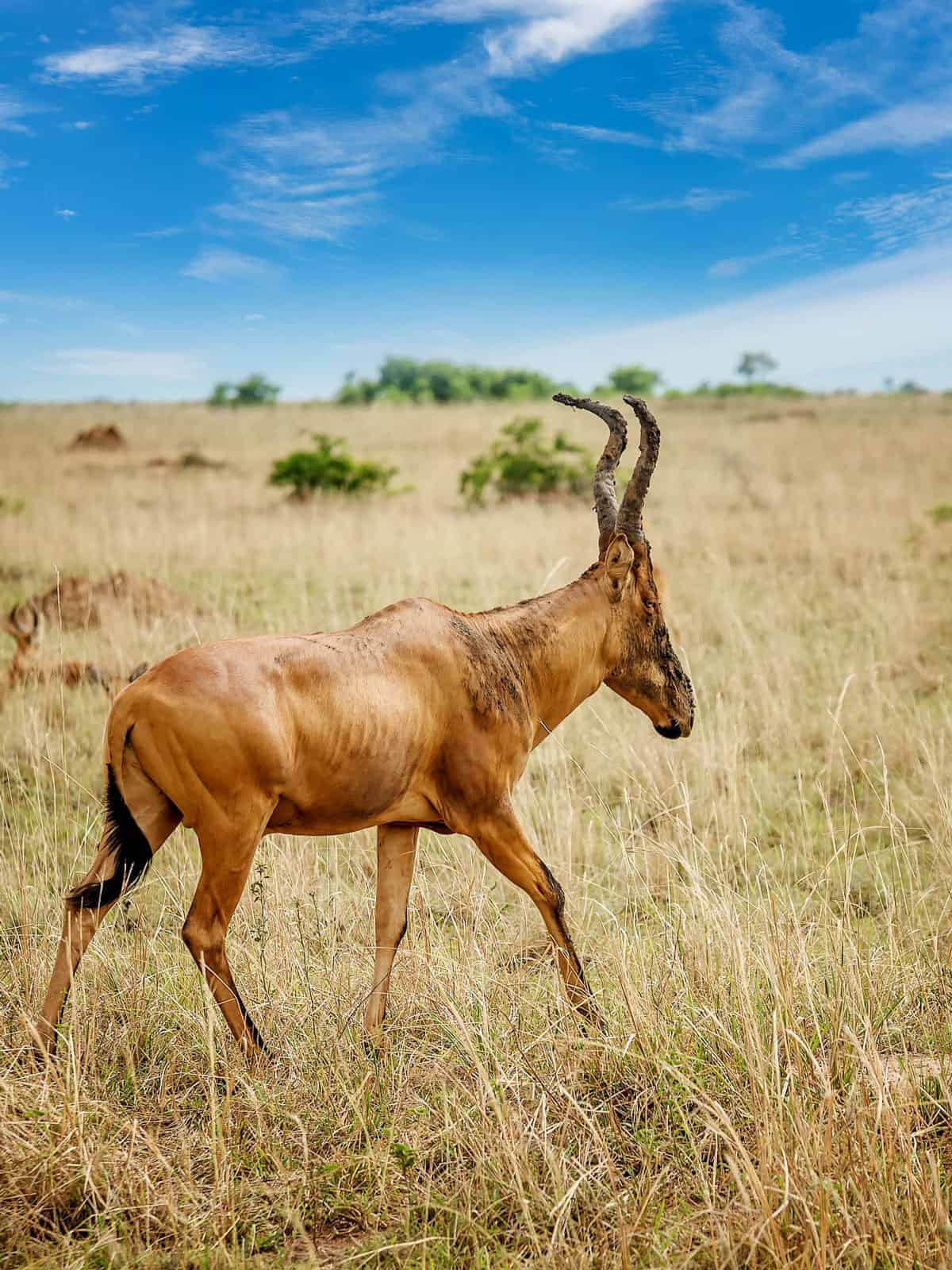
Pack for a Purpose
If you want to make a positive difference, think about adding a purpose to your safari packing list. These projects help local communities and are affiliated with many different safari lodges and bush camps.
Pack for a Purpose usually needs medications, clothing, school supplies, and feminine products. Check out their website for more information, and to see what safari businesses are currently giving. The site also includes suggestions and tips for packing these products.
Here’s more about Pack for a Purpose: Africa. And here are the eight Ugandan lodges and safaris that participate.
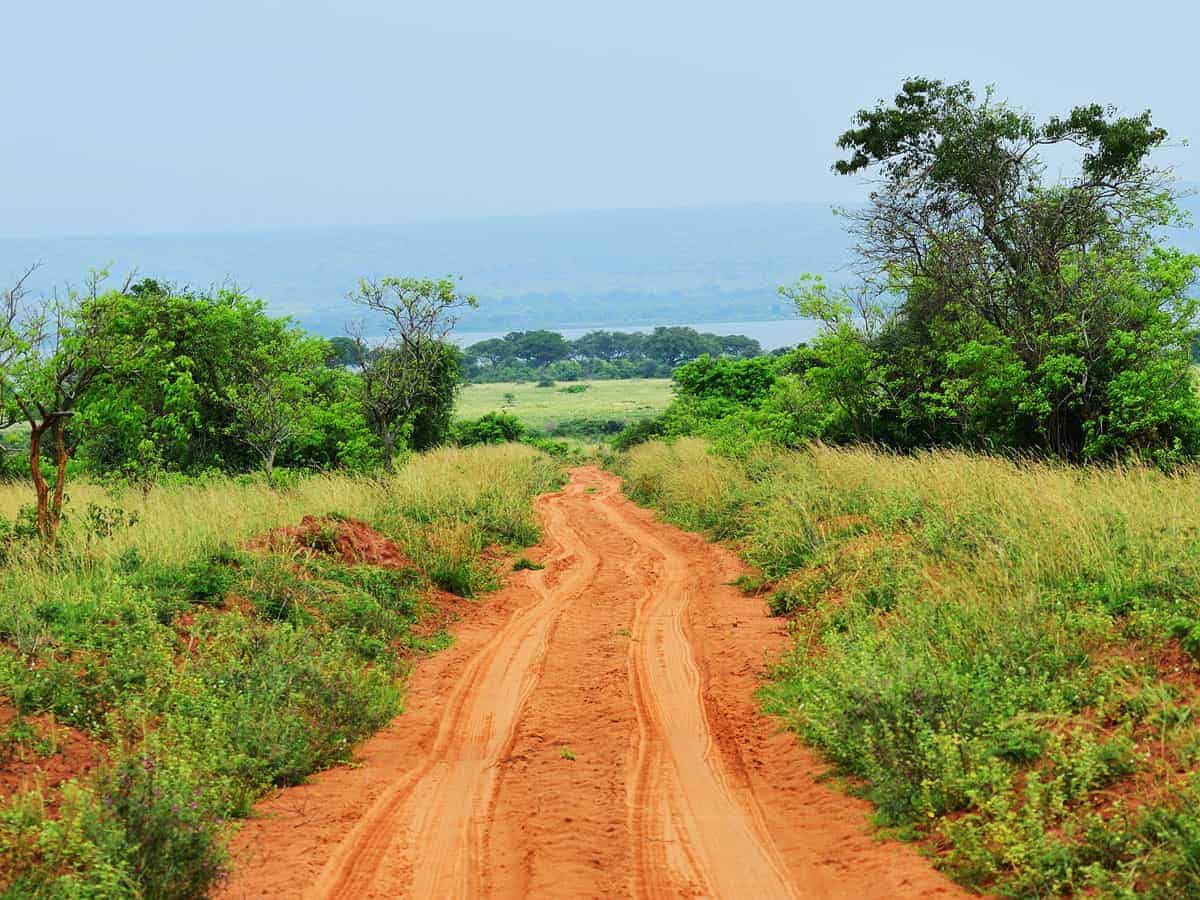
What’s on Your Ultimate African Safari Packing List?
Hopefully, we have demystified the ins and outs of packing for a safari. With proper guidance, making a safari packing list is not at all difficult.
The main things to remember are to do your homework and to put together a plan. As long as you are prepared, you will have a great time!
Did we forget something? Have a packing tip? Let us know in the comments!




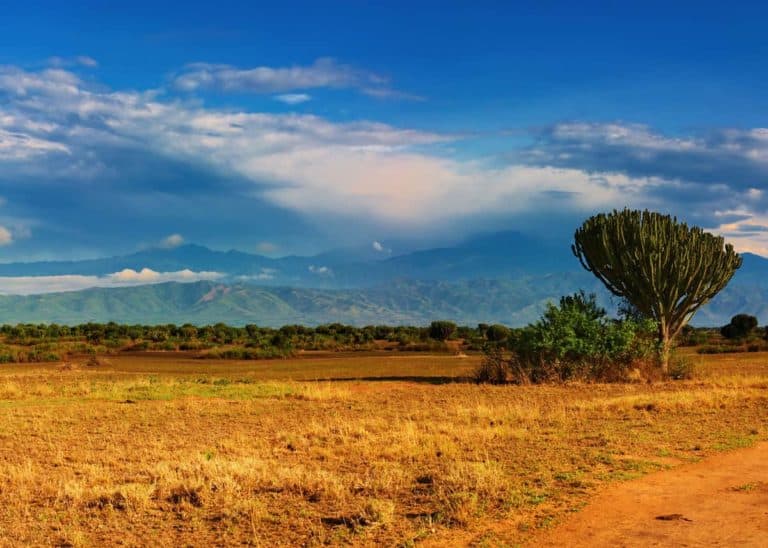


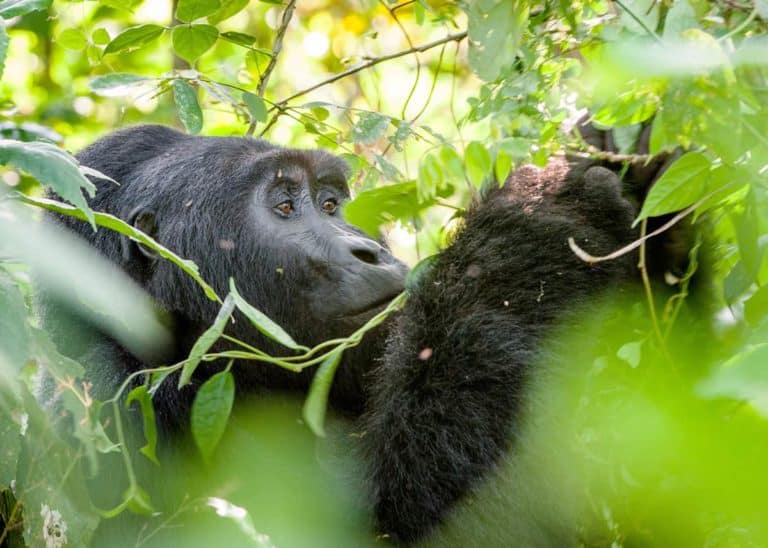

This is one of the most elaborate and helpful travel guide on packing for a safari, i have read.
Thank you Bryan
Thanks Mamerito!